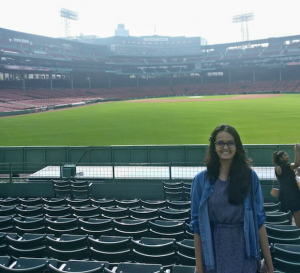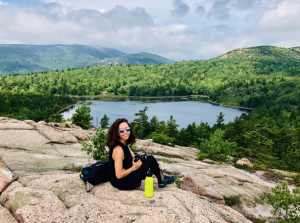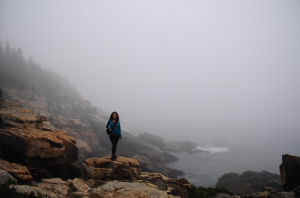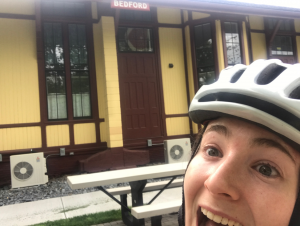Written by Manisha Raghavan, Bioengineering M.S. 2019
I made a vital journey over 12,239 kms (or should I say 7,605 miles) to get to where I am today. I moved to Boston on the 24th of August 2018, leaving everything that was close to my heart back in Mumbai, India. I knew I wanted to pursue a graduate degree in Biomedical Engineering ever since I was in college. But no matter how far ahead you plan your life, when it comes to crossing the bridge, there is always going to be a tingling sensation in the body. Now that it has been over a year in Boston, I wanted to chronicle my experience in this foreign land from my perspective.
 From changing the way I read temperature, write down dates, and measure distances, almost every subtle change made me feel uncomfortable in the first few weeks. New faces, new relationships, new friends, and new challenges are few of the facets of life at grad school. More often than not, if you are an international student, people will ask you ‘Why did you choose Tufts?’ To be honest, I chose Tufts because my program curriculum matched my interests, and being in Boston as a biomedical engineer felt like the best decision in terms of my career. I was more excited than nervous coming here because I felt like I was doing something monumental with my life. I am sure each one of you incoming and current grad students feel the same way!
From changing the way I read temperature, write down dates, and measure distances, almost every subtle change made me feel uncomfortable in the first few weeks. New faces, new relationships, new friends, and new challenges are few of the facets of life at grad school. More often than not, if you are an international student, people will ask you ‘Why did you choose Tufts?’ To be honest, I chose Tufts because my program curriculum matched my interests, and being in Boston as a biomedical engineer felt like the best decision in terms of my career. I was more excited than nervous coming here because I felt like I was doing something monumental with my life. I am sure each one of you incoming and current grad students feel the same way!
But my transition was not easy. Small events like buying groceries, doing laundry, paying bills, cleaning the house, and cooking for myself made me miss my family back home and I ended up realizing their value and how little I had appreciated the things I was provided with at home. But sooner or later, I had to reconcile with the fact that I was a responsible and independent woman who chose to move to the US.
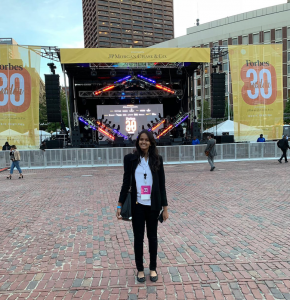 As an international student, there were moments when I did crave the company of fellow Indians, or good Indian food. These normal feelings will happen to you as well, but do not let that stop you from learning about other cultures and exploring other cuisines. I wanted to make the best of my time over here, and I ended up signing for all the professional development workshops, seminars and talks that I could. One issue I faced was that I hesitated to ask for help because I was afraid of bothering people. Do not make the same mistake that I did! All of the organizations at Tufts are super helpful and if they are unable to help you, they will direct you to the right person. Winter was challenging, but I survived, and so will you if this is your first Boston winter. Above all, over the last year I learned to appreciate myself, my people, and the little things around me so much more.
As an international student, there were moments when I did crave the company of fellow Indians, or good Indian food. These normal feelings will happen to you as well, but do not let that stop you from learning about other cultures and exploring other cuisines. I wanted to make the best of my time over here, and I ended up signing for all the professional development workshops, seminars and talks that I could. One issue I faced was that I hesitated to ask for help because I was afraid of bothering people. Do not make the same mistake that I did! All of the organizations at Tufts are super helpful and if they are unable to help you, they will direct you to the right person. Winter was challenging, but I survived, and so will you if this is your first Boston winter. Above all, over the last year I learned to appreciate myself, my people, and the little things around me so much more.
I will leave you with a few things if you are heading to Tufts for grad school. Talk, connect, and socialize whilst taking care of your priorities. Explore and travel as much as you can. Be excited about crafting your own path and journey. But most importantly, take care of yourself! I still have a year to go before graduation and with every passing day I know I am going to miss this beautiful place even more.

